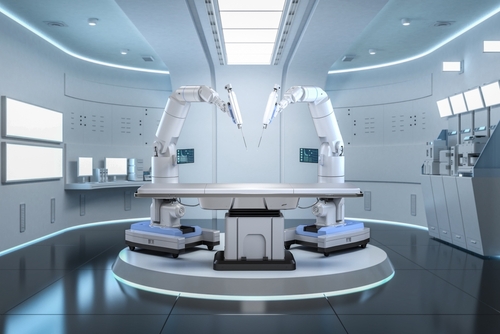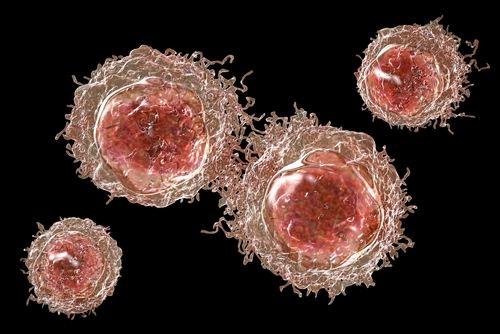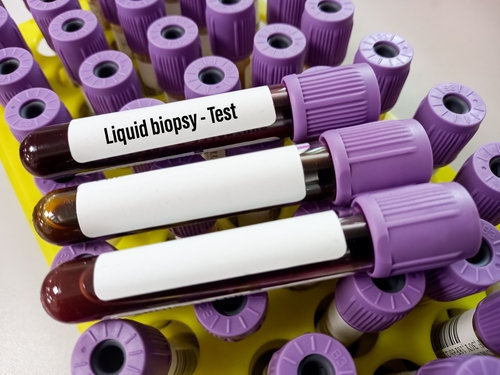
Minimally invasive surgeries, such as robot-assisted thoracoscopic surgery (RATS) and video-assisted thoracoscopic surgery (VATS), have several advantages for patients with early-stage lung cancer, including shorter hospital stays, decreased postoperative pain, and better long-term survival. However, the impact of these advantages on surgeons is unknown, including any effect on mental, physical, and temporal demands; task complexity; situational stress; and distractions before and after surgery. Recently, a single-center, prospective, cohort study sought to compare the surgeons’ workload impact between 30 VATS and 30 RATS cases using the NASA Task Load Index workload assessment scale. Results were presented at the 2023 World Conference on Lung Cancer (WCLC) in Singapore.
Findings from the study showed that RATS required significantly less mental and physical demand and effort than VATS (P<.05). Lower frustration and overall workload was also observed in RATS, although the finding was not significant. When comparing changes in surgeons’ vital signs before and after operations as well as intraoperative indicators such as operation time, results showed that the surgeons performing RATS had more stable blood pressure and regular pulse compared with those performing VATS during the operation.
The study authors concluded that compared with VATS, RATS is more ergonomic and requires less mental and physical demand and effort for surgeons, and that due to this lower workload, surgeons can maintain higher levels of concentration and achieve better surgical performance.
Source: Weng M, Zhou H, Zhan W. Comparison of physical and mental load between VATS and RATS based on NASA-Task Load Index: a prospective cohort study. Abstract of a poster presented at the 2023 World Conference on Lung Cancer; September 9-12, 2023; Singapore.







 © 2025 Mashup Media, LLC, a Formedics Property. All Rights Reserved.
© 2025 Mashup Media, LLC, a Formedics Property. All Rights Reserved.